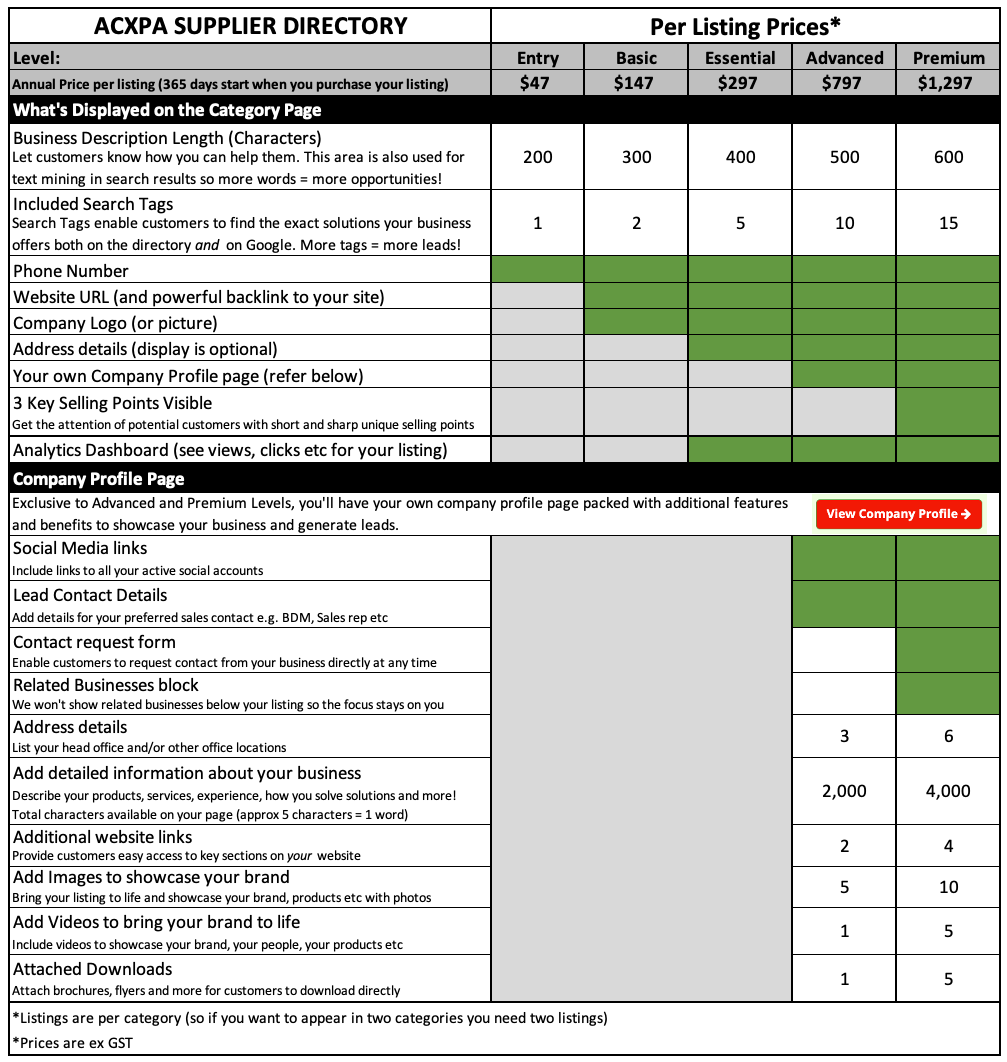Customer Service Self-Service Technology
With labour typically accounting for over 70% of a contact centre's budget, there are considerable savings to be made when you can transition customer enquiries to self-serve without needing a contact centre agent or any human intervention.
But it's not just cost savings; using self-service technology for customer enquiries provides other benefits, including:
- Improved Customer Satisfaction (customers like being able to find answers to their questions)
- Increased Availability (your self-service channels can be open 24/7 without additional costs)
- Accuracy & consistency (the same answers will always be provided)
With businesses always on the lookout for cost optimisation, providing self-service options for customer enquiries can, if done well, achieve the holy grail—reducing costs and improving the customer experience!
Benefits of Self-Service Technology for Customer Service
Self-service technology offers numerous benefits for customer service, enhancing both the customer experience and operational efficiency.
Here are some of the key advantages:
1. Increased Customer Satisfaction
- Convenience: Self-service options allow customers to resolve their issues or complete transactions at their own pace, without waiting for a service representative, leading to greater satisfaction.
- 24/7 Availability: Customers can access self-service tools anytime, providing flexibility and reducing frustration for those who need help outside of regular business hours.
2. Cost Efficiency
- Reduced Operational Costs: By automating routine inquiries and tasks, businesses can reduce the need for a large customer service team, lowering labour costs.
- Scalability: Self-service technology can handle a high volume of customer interactions without additional costs, making it scalable as your business grows.
3. Improved Efficiency
- Faster Resolutions: Self-service tools can quickly resolve common issues, such as password resets or order tracking, freeing up customer service agents to handle more complex inquiries.
- Decreased Wait Times: With fewer customers needing direct support, those who do require agent assistance often experience shorter wait times.
4. Empowered Customers
- Greater Control: Customers appreciate the ability to manage their own experiences, from checking account balances to troubleshooting issues, leading to a sense of empowerment.
- Access to Information: Self-service platforms provide customers with immediate access to information, such as FAQs, tutorials, or knowledge bases, which helps them make informed decisions.
5. Personalisation and Customisation
- Tailored Experiences: Advanced self-service systems can personalise interactions based on customer data, offering recommendations or solutions that are specific to the individual’s needs.
- Customisable Options: Customers can choose from a range of self-service options that best suit their preferences, such as chatbots, online portals, or interactive voice response (IVR) systems.
6. Enhanced Data Collection
- Insightful Analytics: Self-service technology can track customer behaviour and interactions, providing valuable data that businesses can use to improve products, services, and overall customer experience.
- Real-Time Feedback: Customers can provide instant feedback on their self-service experience, enabling businesses to make quick adjustments and improvements.
7. Consistency in Service
- Standardised Responses: Self-service tools deliver consistent and accurate information, reducing the risk of human error or variation in the quality of service.
- Reliable Performance: Automated systems are not affected by mood, fatigue, or other human factors, ensuring reliable service delivery.
8. Support for Multi-Channel Strategies
- Omnichannel Integration: Self-service technology can be integrated across various channels (web, mobile, IVR), providing a seamless experience for customers who move between different platforms.
- Cross-Platform Accessibility: Customers can access self-service tools from any device, ensuring consistent support across all touchpoints.
9. Focus on Complex Issues
- Agent Availability: By handling simple inquiries through self-service, customer service agents have more time to focus on complex or high-priority issues, improving the quality of assistance provided.
- Specialised Support: Agents can dedicate more time to helping customers with unique or complicated problems, enhancing overall service effectiveness.
10. Adaptability to Different Customer Preferences
- Catering to Preferences: Some customers prefer self-service due to its speed and convenience, while others may still want human interaction. Offering both options allows businesses to cater to different customer preferences.
- Appealing to Tech-Savvy Users: Self-service technology is particularly appealing to tech-savvy customers who are comfortable using digital tools to solve their problems.
11. Support for Global Audiences
- Multilingual Support: Many self-service platforms can offer support in multiple languages, making it easier for businesses to serve a global audience without the need for a multilingual support team.
- Cultural Adaptation: Self-service tools can be adapted to meet the cultural and regional preferences of different customer bases, ensuring a more tailored experience.
Self-service technology is a powerful tool for improving customer service by providing convenient, cost-effective, and efficient solutions.
It empowers customers to resolve issues on their own, reduces operational costs, and frees up human agents to focus on more complex inquiries.
With the ability to provide consistent, personalised, and 24/7 support, self-service technology enhances the overall customer experience while supporting the scalability and adaptability of businesses.
Search Customer Service Self-Service Technology Vendors
Reach out directly to the suppliers of customer service self-service technology or use the search filters to find suppliers of other CX automation tools and services.
